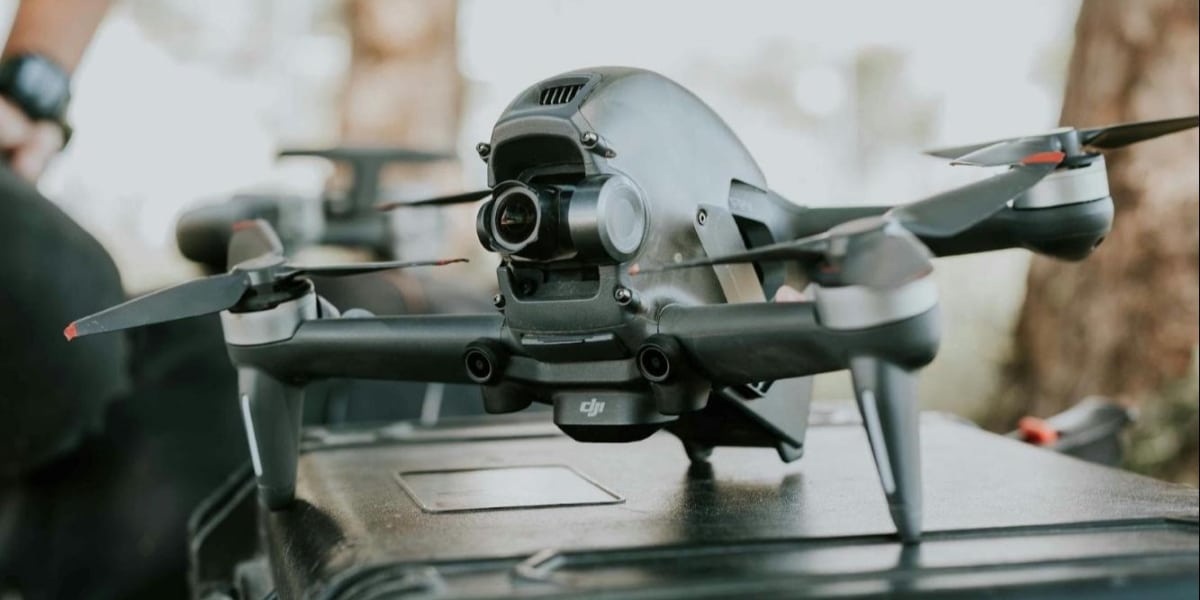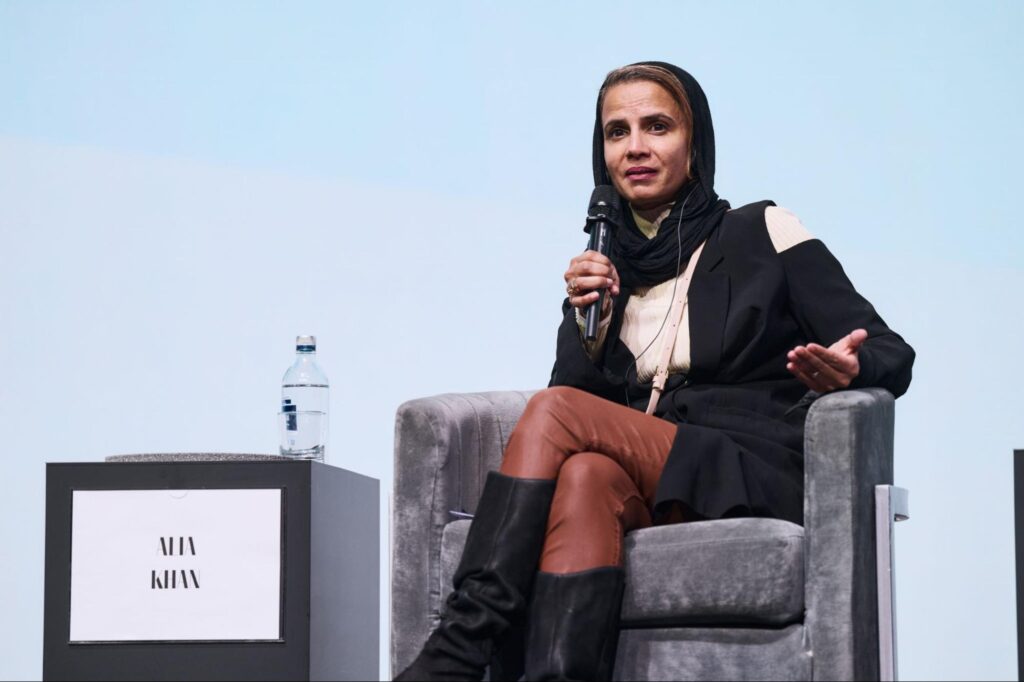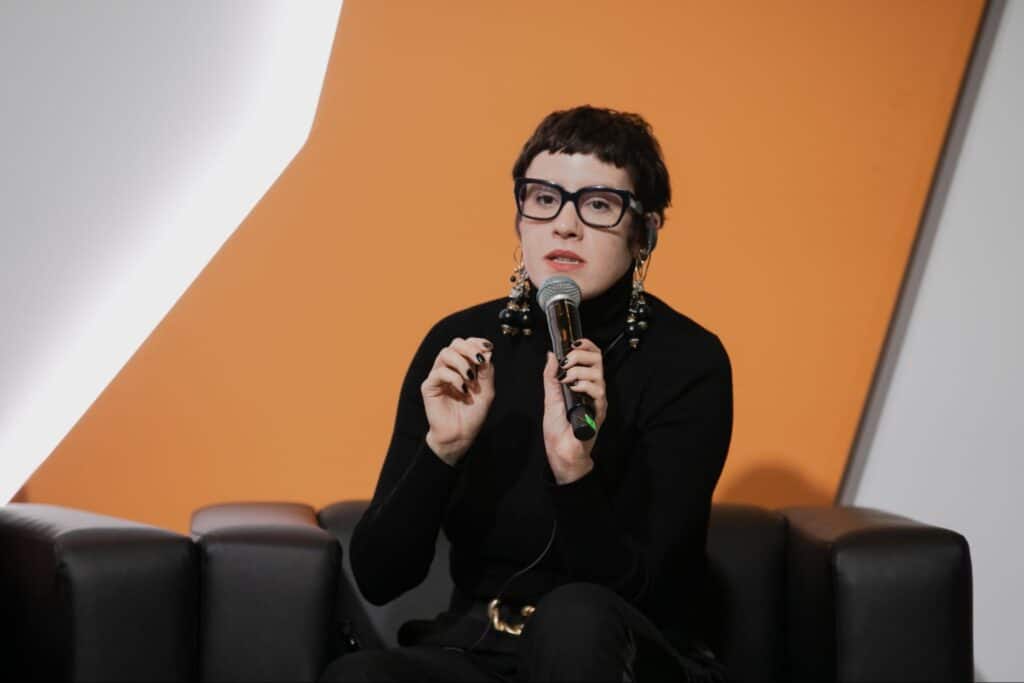Stay Ahead with Ruby on Rails: Trends and Innovations
The internet is a dynamic space. With the increasing competition, it has become important for online businesses to stay ahead of the curve.
If you really want your business to stand out, you must deliver excellent digital experiences to your users. With this emergence of an effective online presence, Ruby on Rails, also known as RoR or Rails, has gained immense popularity.
This has led businesses to rely on a Ruby on Rails development company fast for effective solutions. After all, it is one technology that has consistently proven its worth in these changing times.
Do you also want to stay ahead in the internet world? If yes, it is important that you know the latest trends and innovations. But what are those latest trends? What are the innovations? How can you stay updated?
Worry not! This article will share with you the latest trends and innovations of Ruby and Rails.
RoR Trends and Innovations
- Embracing microservices architecture
The demand for scalable and resilient web applications is increasing. The adoption of microservices architecture has become increasingly prevalent. Ruby on Rails offers a modular design and an emphasis on convention over configuration. It seamlessly aligns with the principles of microservices.
It breaks down applications into smaller, independently deployable services. Further, it allows developers to achieve greater flexibility, scalability, and fault isolation. With the help of frameworks like Trailblazer and Dry-rb, RoR developers can effectively implement a microservices architecture.
- Integration of GraphQL
GraphQL is a query language for APIs developed by Facebook. It has gained significant traction in recent years for its ability to empower clients to request only the data they need. RoR has traditionally relied on RESTful APIs for data exchange.
However, the integration of GraphQL opens up new possibilities for more efficient and flexible communication between clients and servers. With the introduction of graphql-ruby, RoR developers can seamlessly incorporate GraphQL into their applications. It enables faster iteration cycles, reduced over-fetching of data, and improved client-server communication.
- Focus on real-time functionality
Real-time functionality has become a necessity rather than a luxury. Whether it’s live chat features, real-time analytics, or collaborative editing tools, users expect instantaneous updates and interactions.
Ruby on Rails empowers developers to build real-time features with ease. By leveraging technologies like Redis and WebSockets, a Rails on Rails development company can deliver immersive and engaging experiences that keep users coming back for more.
- Enhanced security measures
While the internet offers many benefits, it also brings in a lot of threats. Cyber threats have become too common. With this, RoR is playing a crucial role by offering enhanced security measures.
Ruby on Rails is known for its focus on developer productivity and best practices. RoR developers provide a solid foundation for building secure applications. The community-driven nature of RoR ensures that security vulnerabilities are promptly identified and addressed, with regular updates and patches released to mitigate potential risks.
Additionally, the integration of platforms like Devise and Brakeman allows RoR developers to implement robust authentication. Overall, it improves the security of all their applications.
- Serverless architecture
Serverless computing has emerged as a game-changer in the world of cloud computing. It allows developers to focus on writing code without worrying about managing servers or infrastructure. Ruby on Rails emphasizes convention and simplicity.
It is well-suited for the serverless paradigm. By leveraging platforms like AWS Lambda or Google Cloud Functions, a Ruby on Rails development company can build and deploy serverless applications seamlessly. Further, it will help in achieving greater scalability, cost-effectiveness, and agility.
- Progressive Web Applications (PWAs)
Users are increasingly shifting towards mobile devices for accessing web content. With this, Progressive Web Applications (PWAs) have gained momentum as a way to deliver app-like experiences directly through the browser. Ruby on Rails enables developers to build PWAs that offer fast loading times, offline functionality, and seamless user experiences across devices.
- Artificial intelligence and machine learning integration
The integration of artificial intelligence (AI) and machine learning (ML) capabilities into web applications has become increasingly prevalent. This trend allows businesses to derive valuable insights and automate decision-making processes. Ruby on Rails, with its rich ecosystem of libraries, provides a solid foundation for incorporating AI and ML functionalities into applications.
Whether it’s natural language processing (NLP), image recognition, or predictive analytics, RoR development companies can easily unlock the potential of AI and ML. Ultimately, RoR is capable of delivering personalized experiences and driving business growth.
- Cross-platform development with Hotwire
Hotwire is another trend that empowers developers to build interactive, dynamic web applications with minimal JavaScript. Hotwire focuses on server-side rendering and seamless DOM updates.
It offers a compelling alternative to single-page application (SPA) frameworks like React and Vue.js. A Ruby on Rails development company can leverage Hotwire to deliver fast and engaging user experiences. At the same time, it minimizes the complexities associated with client-side JavaScript development.
- Accessibility and inclusive design
Accessibility and inclusive design are the demands of the hour. These two trends ensure that web applications are accessible to users of all abilities. They ensure that it is not only treated as a legal requirement but also as a moral imperative. Ruby on Rails provides built-in support for implementing accessibility best practices.
RoR development companies can prioritize accessibility and inclusive design principles throughout the development process. RoR companies are capable of ensuring that their applications are usable by everyone, regardless of their physical or cognitive abilities.
These are some trends that are set to shape the future of web development, and Ruby on Rails addresses all of them.
Final words
Ruby on Rails continues to thrive in the ever-evolving landscape of web development. It is all because of its simplicity, efficiency, and versatility. Adopting these emerging trends and innovations, a Ruby and Rails development company can help your business grow and stay ahead of its competitors.
Published By: Aize Perez













